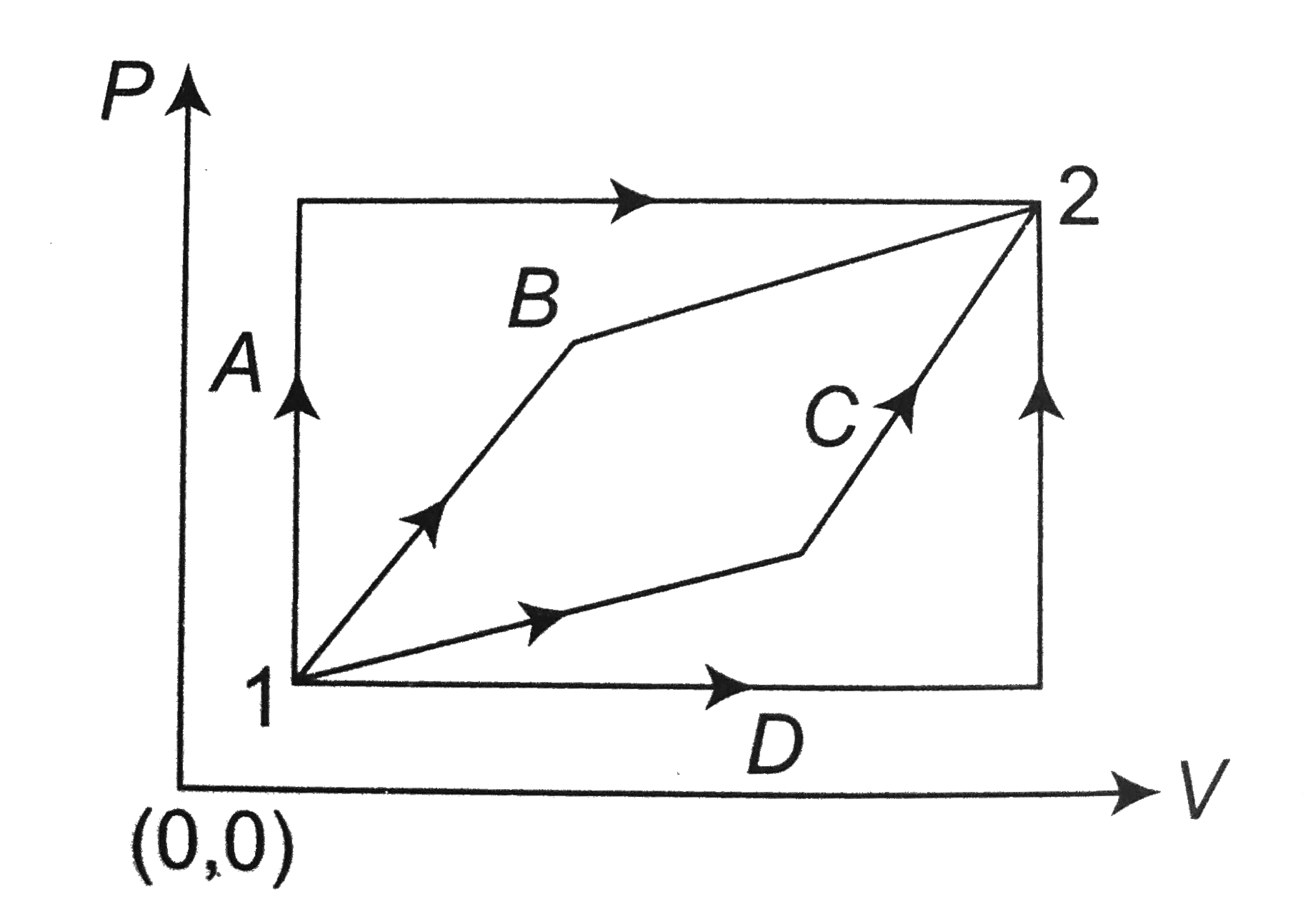If Q, E and W denote respectively the heat added, change in internal energy and the work done in a closed process, then
Q = 0
W=0
Q = W = 0
E = 0
The correct Answer is:D
Step by step video & image solution for If Q, E and W denote respectively the heat added, change in internal energy and the work done in a closed process, then by Physics experts to help you in doubts & scoring excellent marks in Class 12 exams.
Topper's Solved these Questions
- BOOK - AAKASH INSTITUTE ENGLISHCHAPTER - THERMODYNAMICSEXERCISE - ASSIGNMENT (SECTION -D) (Assertion - Reason Type Questions)10videos
THERMODYNAMICS
- BOOK - AAKASH INSTITUTE ENGLISHCHAPTER - THERMODYNAMICSEXERCISE - ASSIGNMENT (SECTION -B) (Objective Type Questions)30videos
THERMODYNAMICS
- BOOK - AAKASH INSTITUTE ENGLISHCHAPTER - THERMAL PROPERTIES OF MATTEREXERCISE - Assignment (Section-J) Akash Challengers Questions7videos
THERMAL PROPERTIES OF MATTER
- BOOK - AAKASH INSTITUTE ENGLISHCHAPTER - UNITS AND MEASUREMENTSEXERCISE - ASSIGNMENT (SECTION - D)15videos
UNITS AND MEASUREMENTS
Similar Questions
If Q, E and W denote respectively the heat added, change in internal energy and the work done in a closed cycle process, then
View SolutionLet QandW denote the amount of heat given to an ideal gas and the work done by it in an adiabatic process.
View SolutionIn an isothermal expansion change in internal energy and work done by the gas are respectively
View SolutionIn an isothermal expansion change in internal energy and work done by the gas are respectively
View SolutionSelect the correct statement for work, heat and change in internal energy
View SolutionAn ideal monoatomic gas undergoes a process in which its internal energy U and density ρ vary as Uρ= constant. The ratio of change in internal energy and the work done by the gas is
View SolutionAn ideal monoatomic gas undergoes a process in which its internal energy U and density ρ vary as Uρ= constant. The ratio of change in internal energy and the work done by the gas is
View SolutionLet Q and W denote the amount of heat given to an ideal gas the work done by it in an isothermal process.
View SolutionIn what process is the heat added entirely converted into internal energy of the system ?
View SolutionAn ideal gas is taken from state 1 to state 2 through optional path A,B,CandD as shown in the PV diagram. Let Q,WandU represent the heat supplied, work done and change in internal energy of the gas respectively.
Then,
 View Solution
View Solution

